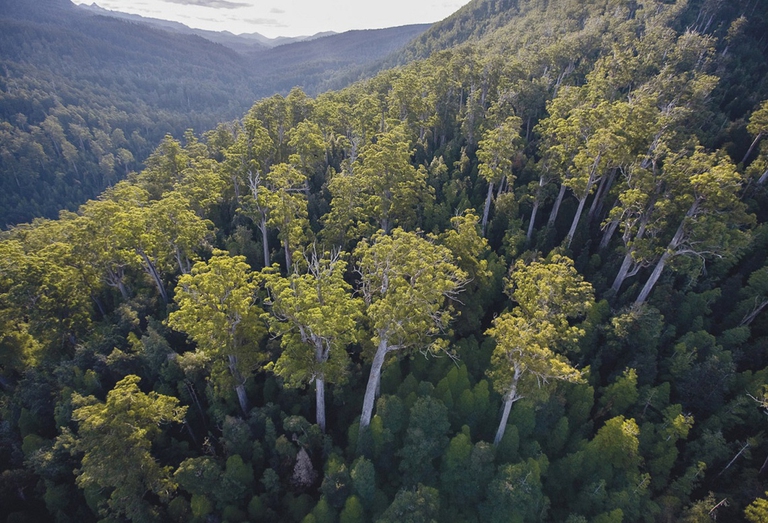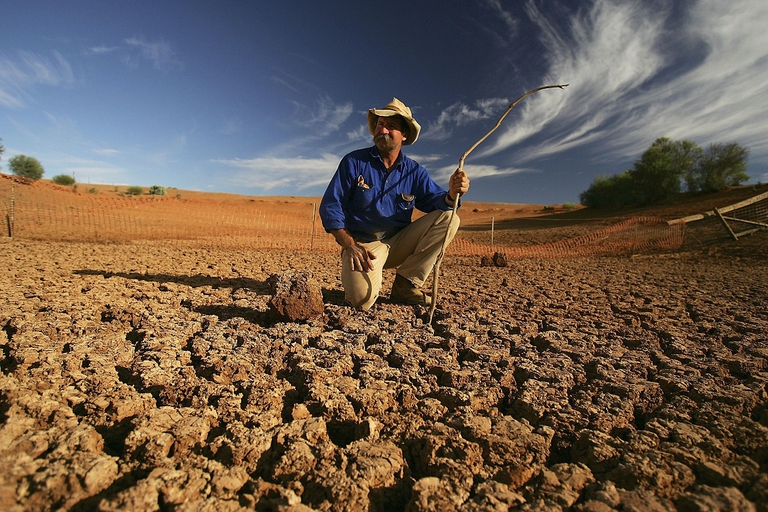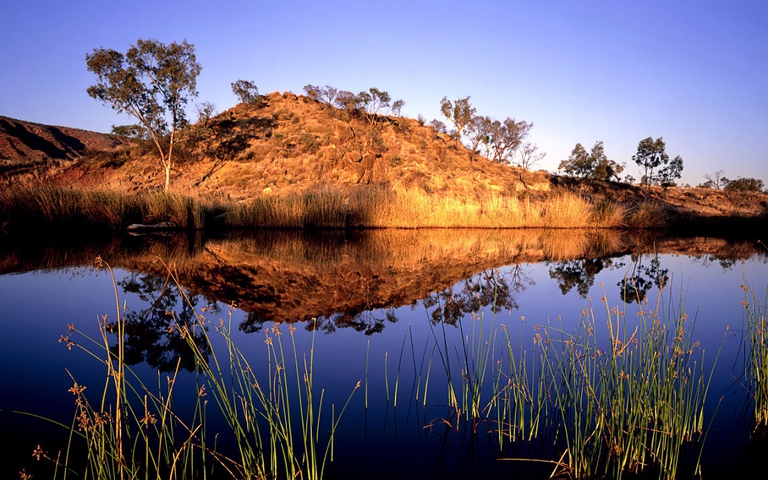
South African court dismisses a major lawsuit by 140,000 Zambian women and children against Anglo American for Kabwe lead poisoning. A setback for affected communities enduring the lasting impact of lead contamination.
In Australia l’aumento della copertura arborea provocato dall’anidride carbonica sta riducendo le risorse idriche.
The large quantities of carbon dioxide we emit in the atmosphere contributing to alter global climate, have real effects on trees and plants. In fact, CO2 plays an essential role in the photosynthesis process of these organisms.
On the one hand, CO2 stimulates trees to grow, on the other hand it makes them “thirstier”, leading them to absorb more water from the soil, taking it from rivers. In Australia, water shortage is a serious problem that risks getting worse due to rising temperatures. A study reveals that the country lost about one fourth of its water flows over the past 30 years, a phenomenon that has been exacerbated by plants’ water need linked to their growth, which is stimulated by CO2.
The research, carried out by Anna Ukkola, researcher of the Macquarie University of Sydney, and published by Nature Climate Change magazine, has analysed 190 Australian river basins, examining satellite images and linking water scarcity to the increasing greenery due to carbon dioxide rising levels.
Researchers found that in greener areas there’s less water. In general, the “greening” process triggered by CO2, which registered an increase of 14% since 1980, is responsible of having reduced river flows by 28%.
The research shows that rising CO2 levels can have 2 opposite effects on water resources, depending on the reaction of small pores on leaf surface, called stomata, which allow plants to control CO2 absorption and water loss.
On the one hand it can make plants more resistant and adaptable. By result, they would need lower amounts of water to produce the same surface of vegetation. This would favour farmers that have large amount of water.
However, in Australia’s arid areas, water flows reduction exacerbates the current harsh situation of water resources, and put farmers on their knees, since they rely on streams for irrigation.
“While there are clearly some positives for growth found by this research, it also shows us that some of our crucial agricultural areas will not see these benefits because of the future impacts of climate change on rainfall,” concluded Ukkola.
Siamo anche su WhatsApp. Segui il canale ufficiale LifeGate per restare aggiornata, aggiornato sulle ultime notizie e sulle nostre attività.
![]()
Quest'opera è distribuita con Licenza Creative Commons Attribuzione - Non commerciale - Non opere derivate 4.0 Internazionale.
South African court dismisses a major lawsuit by 140,000 Zambian women and children against Anglo American for Kabwe lead poisoning. A setback for affected communities enduring the lasting impact of lead contamination.
Controversial African land deals by Blue Carbon face skepticism regarding their environmental impact and doubts about the company’s track record, raising concerns about potential divergence from authentic environmental initiatives.
Majuli, the world’s largest river island in Assam State of India is quickly disappearing into the Brahmaputra river due to soil erosion.
Food imported into the EU aren’t subject to the same production standards as European food. The introduction of mirror clauses would ensure reciprocity while also encouraging the agroecological transition.
Sikkim is a hilly State in north-east India. Surrounded by villages that attracts outsiders thanks to its soothing calmness and natural beauty.
Sikkim, one of the smallest states in India has made it mandatory for new mothers to plant saplings and protect them like their children to save environment
Chilekwa Mumba is a Zambian is an environmental activist and community organizer. He is known for having organized a successful lawsuit against UK-based mining companies.
What led to the Fukushima water release, and what are the impacts of one of the most controversial decisions of the post-nuclear disaster clean-up effort?
Nzambi Matee is a Kenyan engineer who produces sustainable low-cost construction materials made of recycled plastic waste with the aim of addressing plastic pollution and affordable housing.










